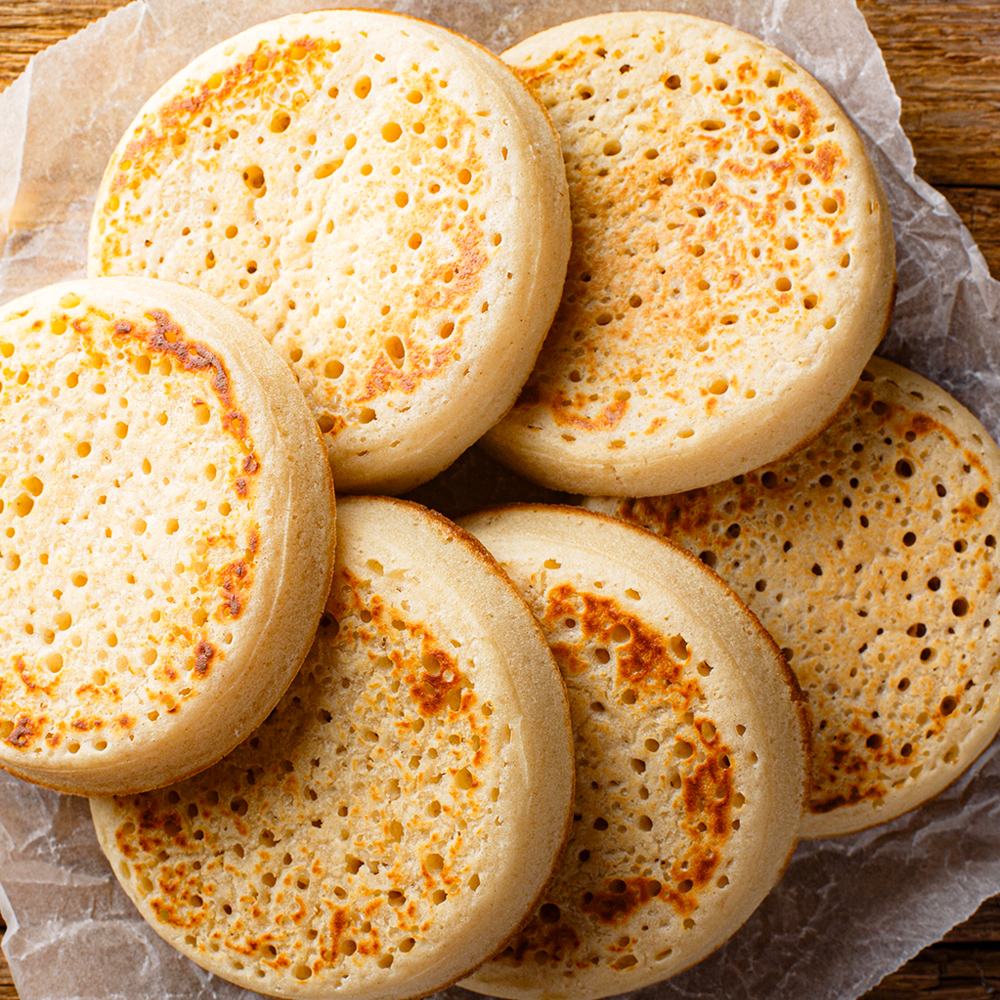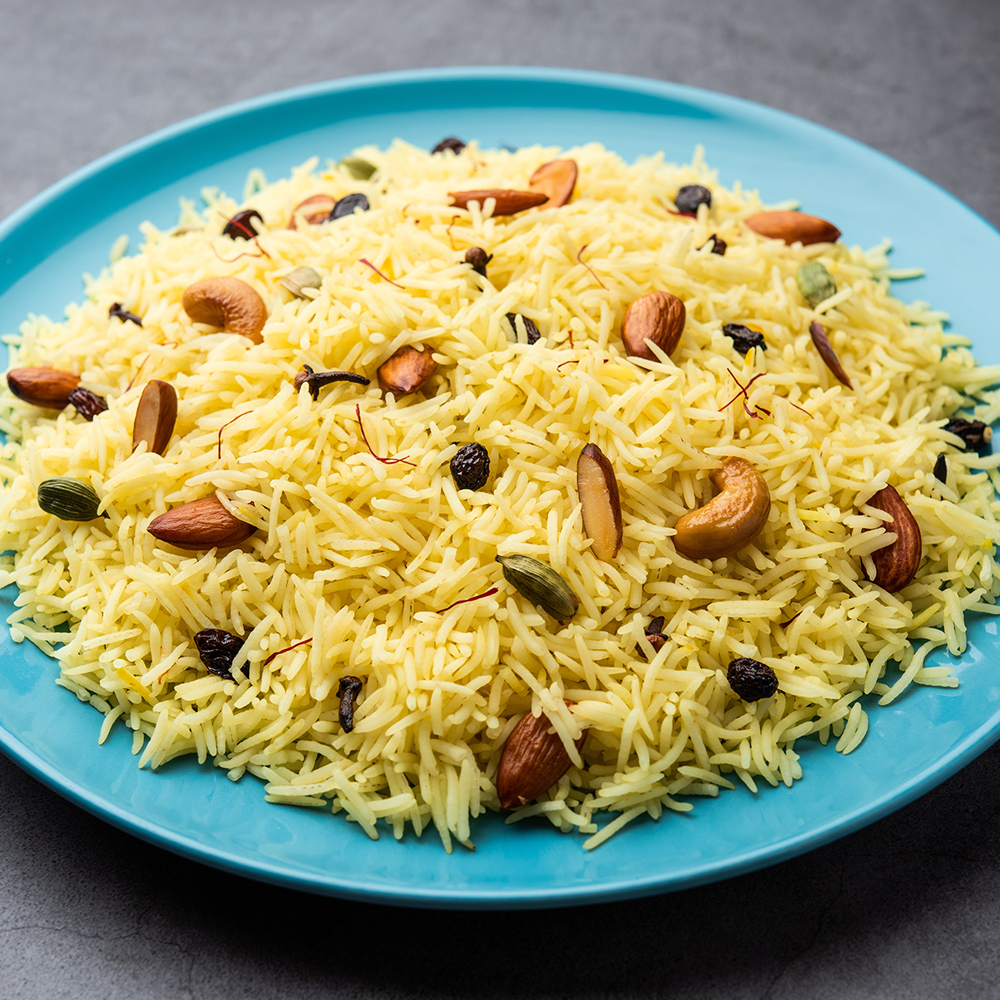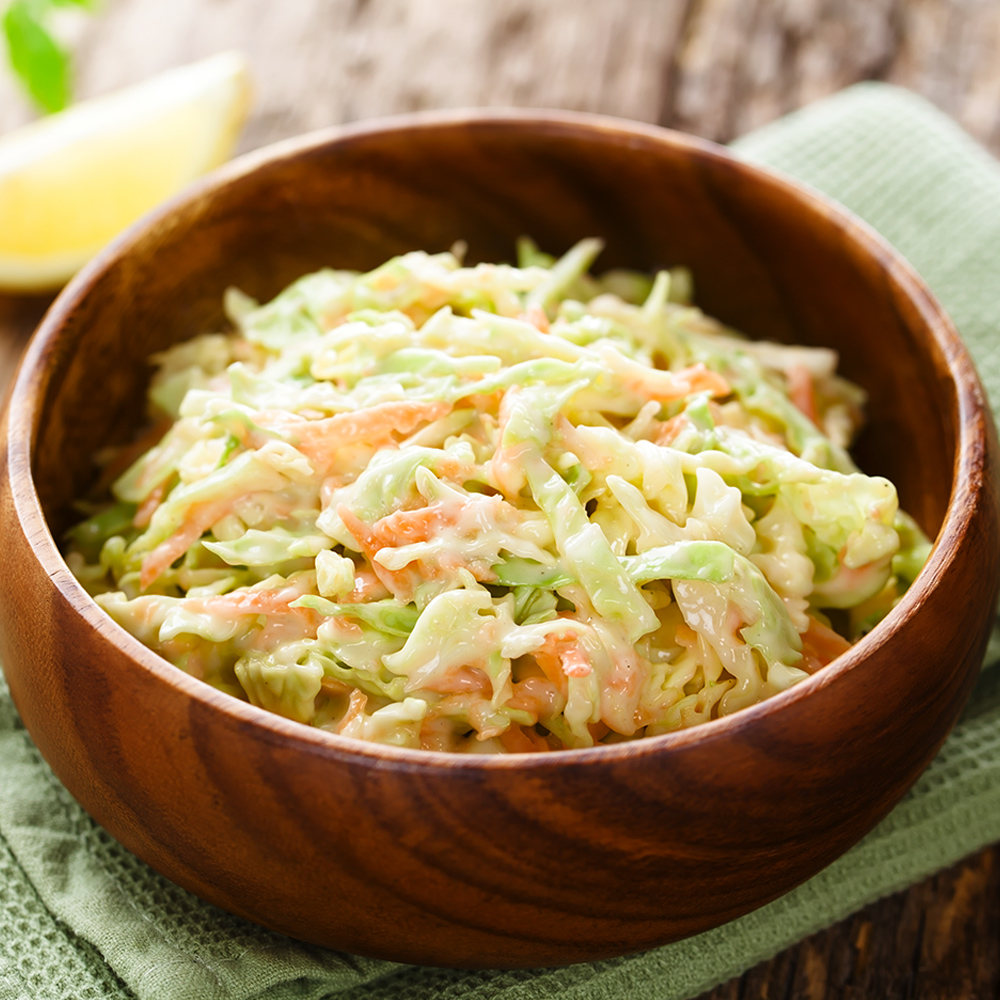Diabetes
When you’re choosing foods and drinks, take a look at the Nutrition Information label but focus on the total carbohydrate number, not just the sugars. The amount of sugars (both naturally occurring and ‘added sugars’) are counted into the grams of total carbohydrate, but take note as there may also be carbohydrate grams coming from other ingredients (such as starches). Always look at the ingredients list to find out what particular sugars an item contains.
Added sugars you may want to limit include:
– Sucrose
– Maltose
– Hydrolysed starch
– Inverted sugar
– Corn syrup
– Glucose or Glucose syrup
– Brown sugar
– Honey
– Fruit juice concentrate
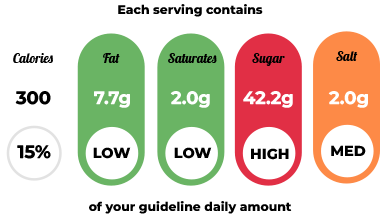
Many food manufactures and supermarkets now include a traffic light system on the packaging helping you to choose the healthiest option.
Look for foods that have more green colours on the pack to ensure you’re making the best choice. The tra c light system does not include total carbohydrate, only sugars in food so it may also be necessary to look at the nutrition information table on the back of the packet if you are counting total carbohydrate.
Sweeteners
Sweeteners are a great alternative to sugar when baking or adding to drinks such as tea and coffee. They have the benefit of containing almost no calories and they will not significantly affect your blood glucos
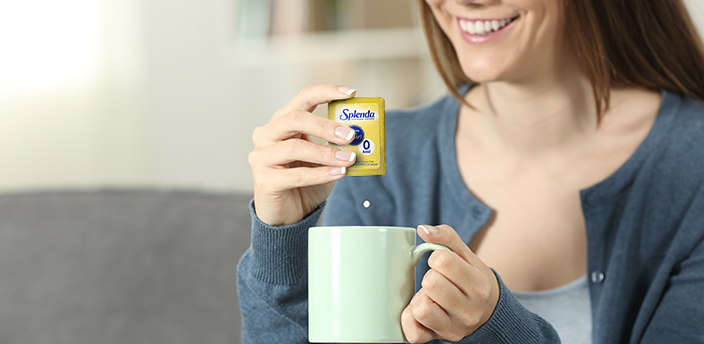
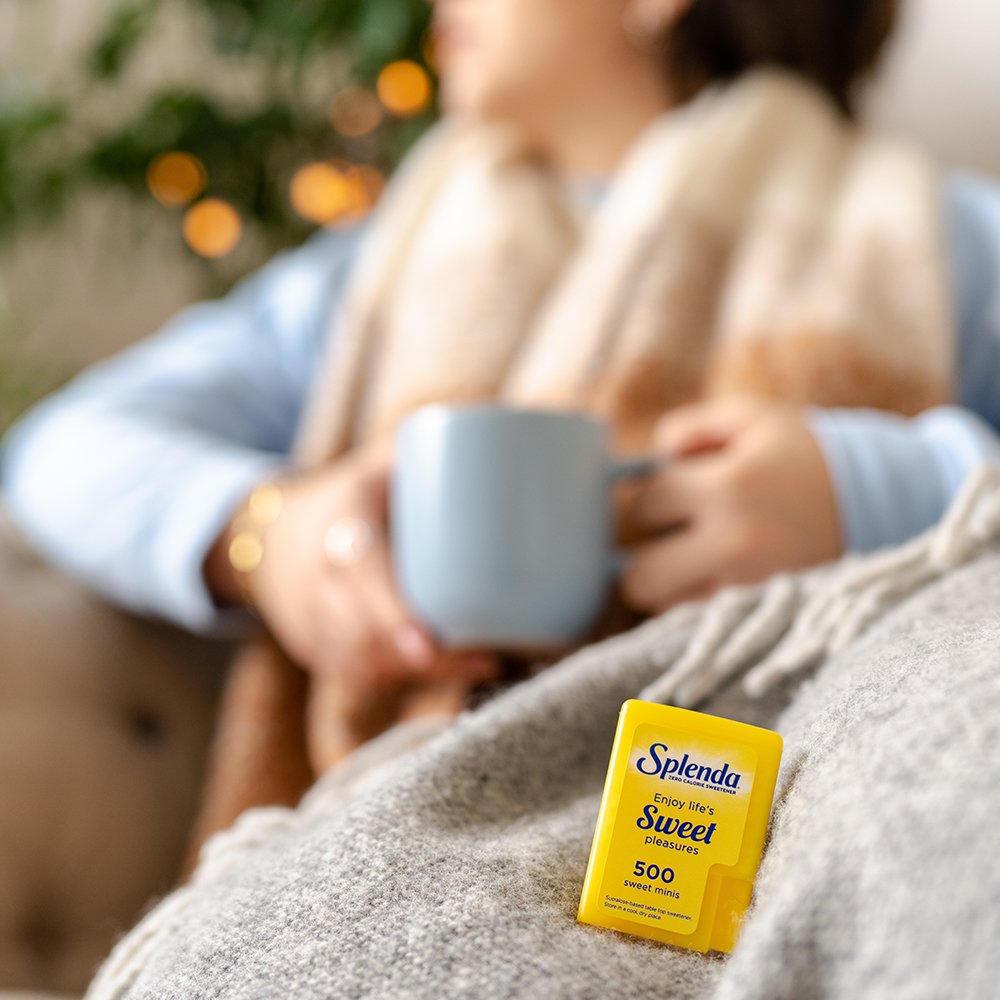
Are all sweeteners the same?
No, not all sweeteners are the same.
Splenda Original Sweeteners are made with sucralose. Sucralose is manufactured in a process that starts with sugar, but then converts it into a calorie-free, non-carbohydrate sweetener. It does not contain aspartame and saccharin.
Splenda Sweeteners are suitable for people with diabetes as part of their healthy daily diet and are a great substitute for sugar.

